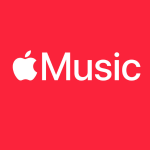In 2019, Apple announced that it was reinventing iTunes, integrating it into other applications. However, it wasn’t being completely discontinued. Nevertheless, the announcement was a bombshell: 18 years earlier, iTunes had arrived and changed everything. How did iTunes change music forever? That’s the story we’re telling you today on Soundiiz!
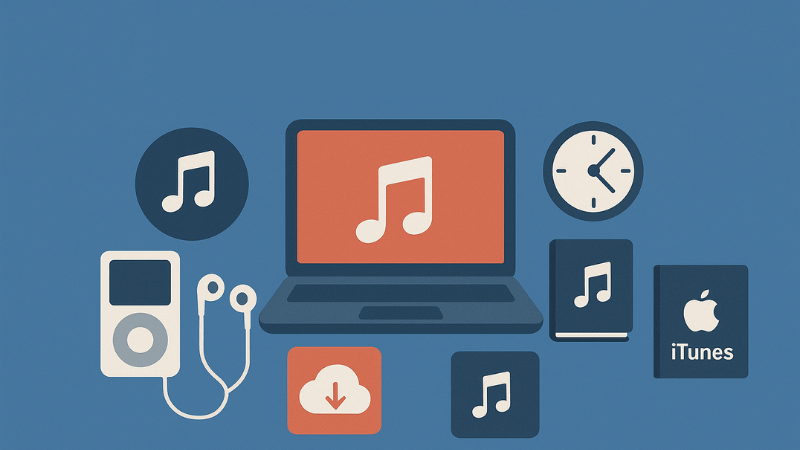
How did iTunes change music forever? Before iTunes
We’re talking about a time that those under twenty-five can’t possibly know. Before 2001, listening to music online was impossible. Or almost impossible. Record stores, supermarkets, physical points of sale… Music was consumed exclusively by buying vinyl records, CDs, or cassettes. Artists were featured in newspapers and magazines, and communication and marketing weren’t based on social networks, since they didn’t exist. Concerts were the only way to feel like you had a special relationship with your favorite artists.
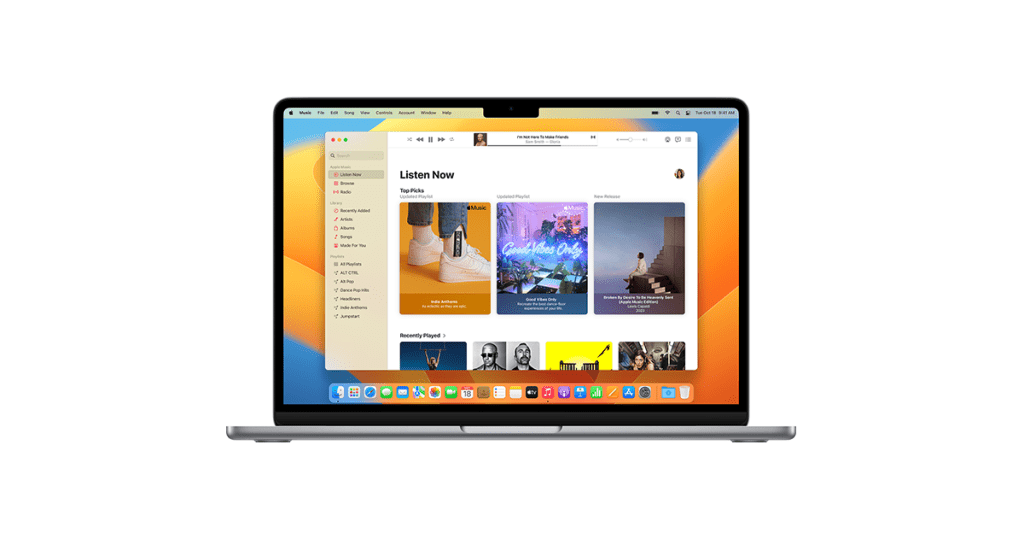
Also, piracy didn’t exist —or at least not on the same scale as in the years that followed. Some people managed to copy records to give to their friends and family, but the phenomenon was far from widespread. And the record industry wasn’t about to collapse. The relationship between artists and their fans was far less direct, more distant. Before iTunes and everything else, musicians seemed distant, impossible to approach. Artists we listened to every day, but whose only proximity was that of an audio track. There was no such thing as proximity marketing, frequent exchanges, direct messages, or potential interactions.
The internet arrives!
Artists and their audiences existed almost in two different worlds. To bridge the gap? Music journalists interviewed musicians to understand their artistic approach and stories. They provided insight into the creative process and reduced the distance between the audience and the creative team. These journalists also acted as talent scouts and opinion leaders. A journalist or a media outlet could make or break an album’s reputation, boost record and concert ticket sales. They held considerable sway, sometimes listened to, sometimes reviled. And everyone had to play along.
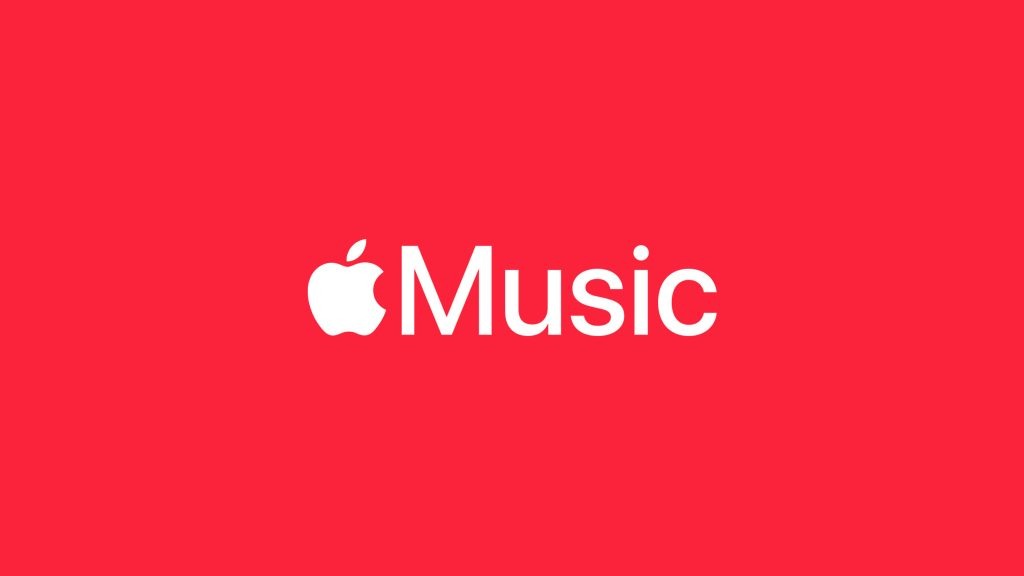
But then the internet arrived. And it changed everything. Relationships, the media, and the relationship between the artist and their audience. And above all, the way music is consumed and marketed. It’s simple: after the internet and iTunes, nothing will ever be the same again. And there will be no going back. For better or for worse? Steve Jobs, never one to miss an opportunity to predict market trends, was a visionary. In the late 1990s, he predicted that the online music market would reach enormous proportions. And he also noticed that sales of blank CDs, onto which music could be burned, far exceeded the population of the United States. Something was brewing…
How did iTunes change music forever? Here it is!
As we mentioned, before iTunes, many people were copying CDs to their computers. They kept them for themselves and listened to them on their laptops, or shared them with friends and family. But what to do with these MP3 files? Where to store them?

As we explained in this article, engineers created Soundjam, an MP3 player, in the late 1990s. After hiring Bill Kincaid and Jeff Robbin, the two men behind Soundjam, Apple had them work on what would become iTunes. The goal? To make iTunes a digital jukebox and a way to play and store music. It wasn’t the first of its kind: between 1998 and 1999, other initiatives emerged, including the Personal Jukebox, developed by Compaq Research.
The best on the market?
At the time of iTunes’ launch, Steve Jobs proudly proclaimed that it was the perfect, simplest tool on the market. His words were not just strong; they were prophetic. iTunes indeed initiated a digital revolution, but in a way that was accessible and user-friendly for everyone.
With iTunes, music shifted from a physical to a digital dimension. iTunes is an application that can be downloaded to any computer. It allows users to manage a music library and export it, for example, to an iPod, released by Apple on October 23, 2001, which made listening to music more portable than ever. A small revolution. It was possible to store up to 1,000 songs on this small device. While industry executives initially viewed the arrival of iTunes with suspicion, they began to understand just how valuable the iPod could be. Over the years, iTunes continued to evolve, introducing new features and services that further revolutionized the digital music landscape.
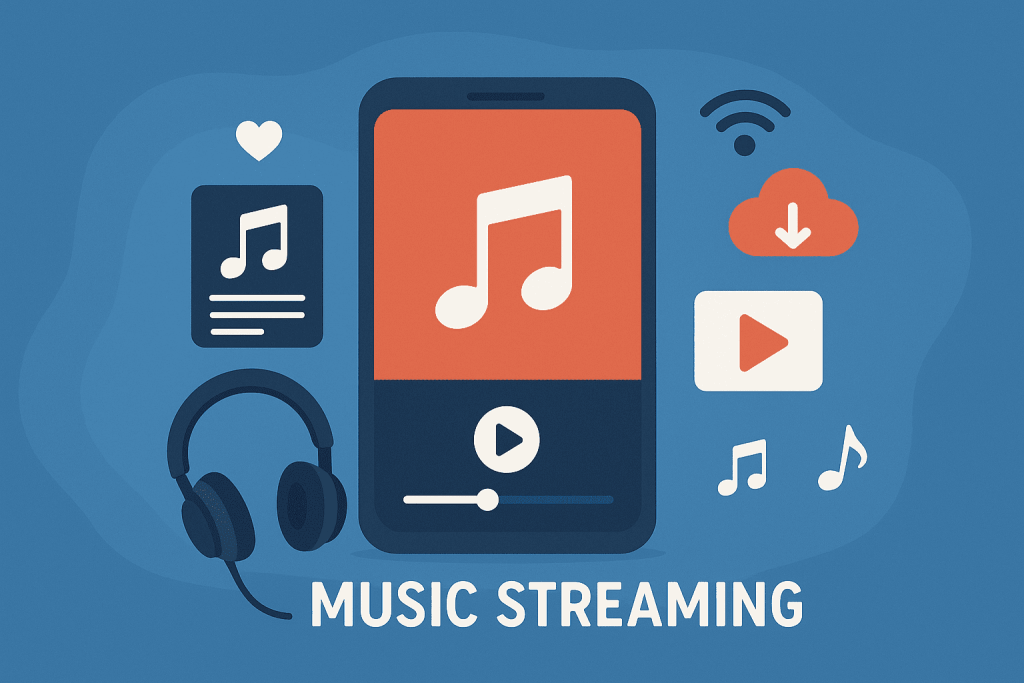
By allowing users to organize their music library—just like Soundiiz does!—listen to it without limits, and create compilations that can be burned to CDs, iTunes opened up a new world of possibilities. Millions of songs were now potentially storable and shareable online.
Never going back
And that’s where everything changed. Shareable meant pirateable. And iTunes, initially seen by many as a necessary and positive innovation, ultimately opened the floodgates. All the music in the world was now free. The internet facilitated exchange and sharing, and above all, downloads. The record industry was deeply affected and slow to react. Apple counterattacked by making iTunes a platform for purchasing songs online at 99 cents each.
This was a way to put a price on copyrighted songs. But it was also a way to curb piracy, which had become uncontrollable—a band-aid on a gaping wound, in short. On April 28, 2003, the iTunes Music Store once again revolutionized the industry. By signing a deal with the five largest record labels in the world, Apple ensured that iTunes would become a central hub, the only place where most of the music released was available and purchasable. This move not only changed how music was distributed and consumed but also shifted power dynamics within the industry.
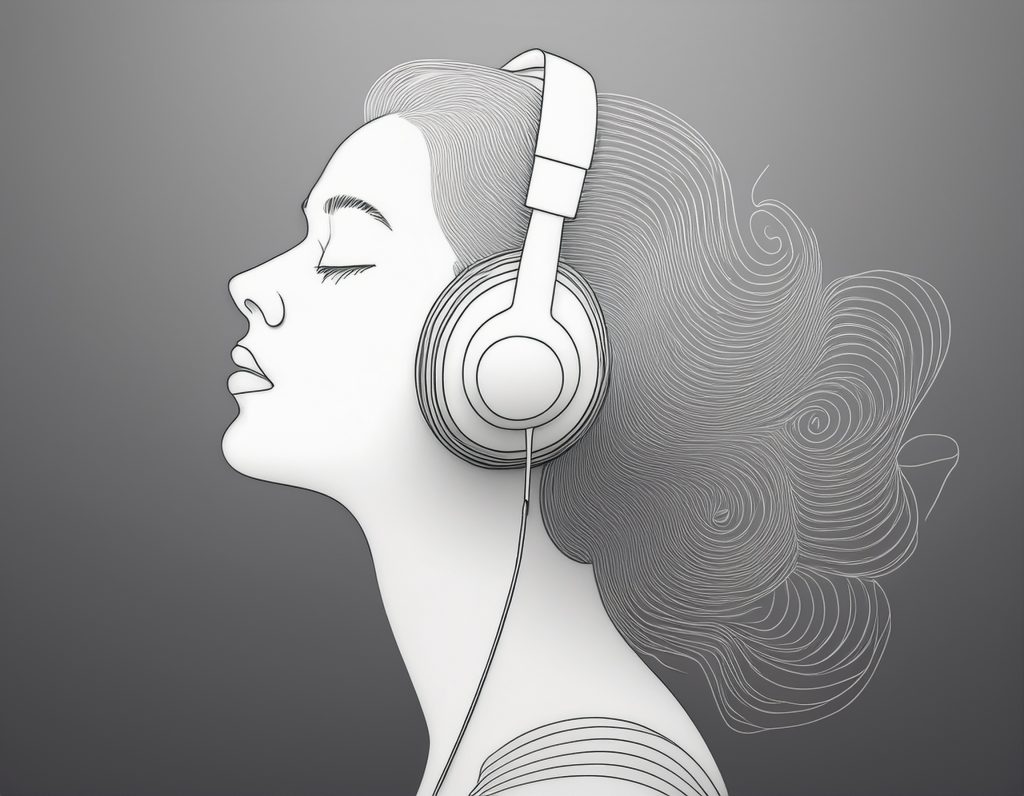
The label executives were initially skeptical. They likely feared losing control over their music and opening a breach that would never close. But Apple’s strategy paid off, and given the store’s success in the United States, it was made available in France, Canada, Germany, and the United Kingdom between June and December 2004. iTunes also helped legitimize online music purchases, thereby providing a legal framework for them. It also allowed artists and their labels to recoup, however small, a portion of the music that was otherwise being shared freely on piracy networks.
How did iTunes change music forever?
Putting a price on music available online? It doesn’t take much analysis to see that, as early as 2003, iTunes laid the foundations for what would become the world of music streaming—a revolution that also changed the rules of the game. Moreover, iTunes didn’t just enter the music market: it quickly embraced television series, foreshadowing the development of video streaming. iTunes established a revenue model that would be debated for a long time and remains at the heart of the discussion.

By bringing music into the borderless world of the internet and digital media, Apple paved the way for radically different communication and revenue models. Apple takes 30% of the sale price of each unit: enormous for some, scandalous or fair for others! In a few years, Spotify, Apple Music, Deezer, TIDAL, and all the other streaming platforms will be asked the same questions. Especially since, under pressure from record labels, iTunes is implementing tiered pricing. Keen to maintain a minimum price of 99 cents, they also offer promotional deals at 69 cents, but more importantly, Premium prices at $1.29 for highly anticipated and recently released songs. As a result, albums cost only $10, sometimes half the price of a record sold in a store—a real bargain for many listeners.
Changing for good?
At the time, record label executives were reluctant to embrace change. Traumatized by widespread piracy and everything the internet entailed, many feared a snowball effect that would give them even less control over music. But they had no choice. They had to adapt to the times or risk disappearing forever, swallowed up by a technology they struggled to master. Apple was so powerful that they risked never reaching new markets if it didn’t partner with iTunes. We wouldn’t say they were forced, but almost especially since experts predicted that iTunes was necessary to save the record industry, which was in critical condition.
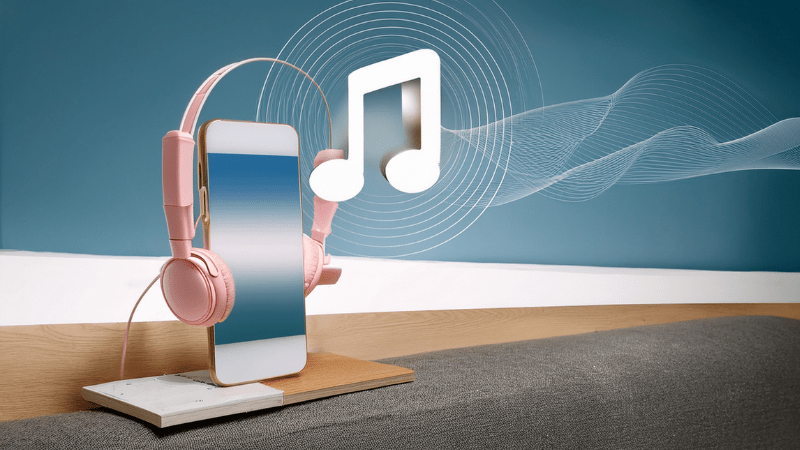
When iTunes launched, it offered more than 200,000 songs available for immediate purchase. And naturally, consumers worldwide saw it as an opportunity to access most of what the labels had to offer. Many people gradually turned away from CDs and vinyl records. iTunes became a preferred destination. So much so that in December 2003, iTunes celebrated its 25 millionth download. A colossal success. In 2008, iTunes became the second-largest music retailer in the United States. iTunes, like other music streaming platforms that would soon follow, implemented the idea of differentiated pricing based on demand, needs, and time. This was a way to question and define how much online music should cost.
Here too, the debates raged. Wasn’t the price too low compared to the cost of CDs and vinyl records? Why buy individual songs rather than entire albums? Would listeners turn away from albums in favor of individual tracks?
How did iTunes change music forever? Shifting
Between the lines, another change is taking shape: the gradual disappearance of the album format and the rise of playlists. By breaking music into smaller segments and allowing users to buy a single song without purchasing a complete album, iTunes is paving the way for the weakening of the album format, which had previously been considered sacred. This already existed, in a way: labels and artists used to sell singles before an album’s release. But iTunes goes further: in the store, any song is available for purchase, regardless of whether it’s a single. And by offering everyone the chance to listen to a sample of 30 songs, iTunes puts itself at the consumer’s service: if they don’t like it, they don’t buy it.
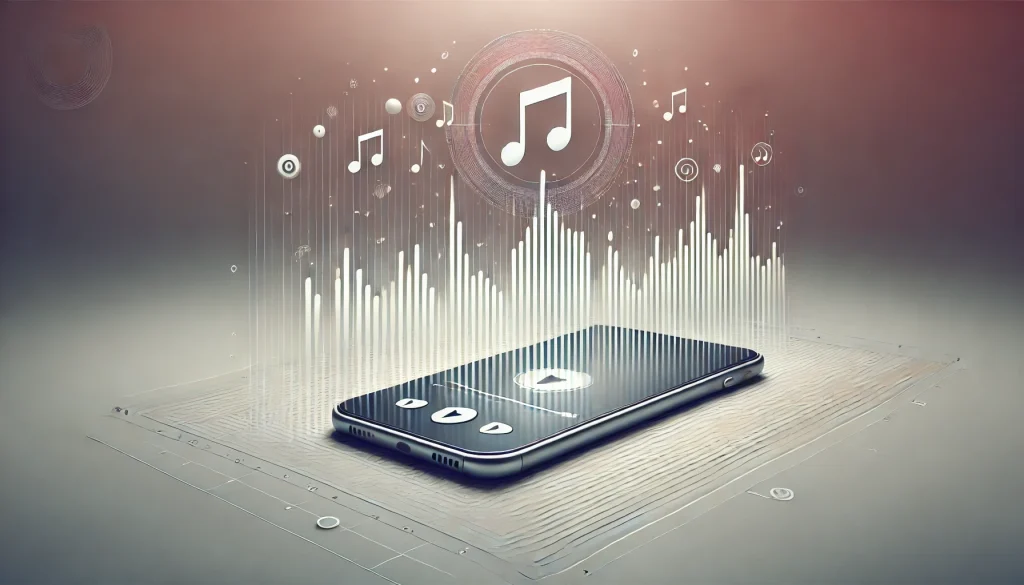
Music lovers are beginning to take control. The consumer chooses the hits and what they want to buy. What they value. And it also sends a signal to record labels, telling them, with supporting data, that this song —and no other —deserves promotion. Sales strategies then begin to evolve, labels rely on new data to build careers, and while algorithms and playlists don’t yet have the power to make or break careers, the seeds of this new dimension have just been sown.
In reality, it’s possible to analyze most of the changes brought about by music streaming in light of iTunes’ history. Everything wasn’t there yet, but everything was simmering. Waiting to explode.
What about Soundiiz?
It wouldn’t be an exaggeration to say that without iTunes, Soundiiz might not exist. Or it would be different. In essence, Soundiiz has adopted some of iTunes’ features. The ability to organize your music. The ability to gather everything in one place: all your playlists, liked tracks, and followed artists. Easy access to your data. The ability to customize it to your liking, transfer it anywhere, download it, and store it.

Like iTunes before it, Soundiiz has established itself over the years as the ideal companion for your music consumption. And it has adapted to your needs, keeping pace with the evolving world of music streaming and its new rules.
With Soundiiz, thanks to our Transfer feature, you can switch between platforms without losing your data or having to start from scratch. You can also generate playlists using our AI tool, monitor your data via our SmartLinks, and much more.
To try everything we have to offer, click here!



